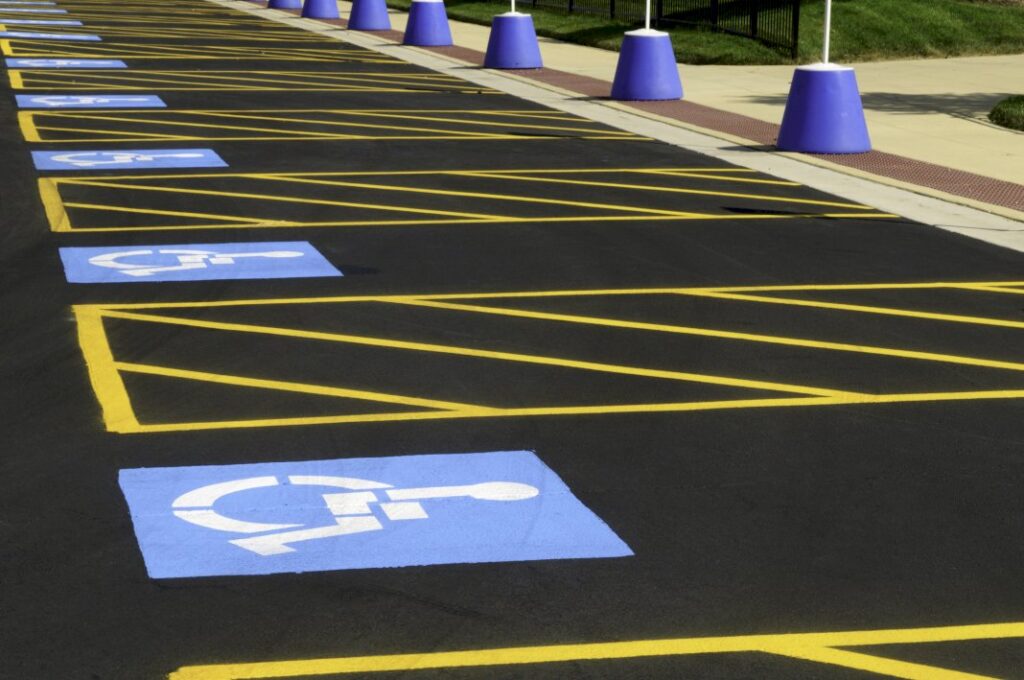Mastering the Flow: Expert Strategies for Traffic Management in Your Industrial Properties

Efficient traffic flow is essential to any industrial property in today’s fast-paced world. Not only does proper traffic management maintain safety standards, but it also enhances productivity and reduces operational costs.
Industrial factory properties, in particular, require specialized planning and implementation due to their complex nature and the extensive daily movement of vehicles, people, and materials. Sound traffic management is vital to an industrial establishment’s smooth functioning, minimizing the risks of accidents and improving overall productivity.
Analyze the layout of your property.
Properly analyzing the layout of your factory property is a crucial step in ensuring that your industrial operations run smoothly and efficiently. This process involves assessing the physical layout of your property to determine the most effective traffic flow pattern, which will ultimately help to reduce congestion and optimize workflow.
To conduct a thorough analysis, it’s essential to consider factors such as the location of all access points and the placement of machinery or equipment. It’s also essential to consider how workers move around the property and the flow of materials and goods.
Implement traffic organization procedures.
Implementing traffic organization procedures is essential to ensure efficient traffic flow. Here are some tips on how to promote organized traffic arrangements:
Install signs and pavement markings.

Proper installation of signs and pavement markings is essential when managing traffic flow on your industrial factory property. These indicators help drivers navigate the property safely and efficiently, reducing disruption and improving productivity.
To ensure the installation is done correctly, it is essential to use high-quality traffic line paint to withstand heavy traffic, weather, and the test of time. Also, choose clear, concise signage communicating the intended direction and traffic flow. Properly installed signs and pavement markings significantly improve safety and efficiency in industrial and traffic-heavy settings.
Mark designated loading and unloading areas.
Creating proper signage for designated loading and unloading areas in an industrial factory property is crucial to ensure efficient transportation and reduce potential safety hazards. It is essential first to identify the ideal location for these areas, taking into consideration the entry and exit points of the building.
Once the location is determined, the signage should be easily visible and include clear driver instructions. This includes information such as the designated area for loading or unloading and the types of vehicles permitted in the area.
The signage should also include any safety precautions that must be followed, such as wearing personal protective equipment. Properly marking loading and unloading areas can maintain traffic flow, minimize accidents, and provide a safer working environment.
Establish separate spaces for vehicles.
One of the critical elements to ensuring a smooth and efficient operation is establishing separate spaces for different types of vehicle traffic. This means creating designated areas for trucks and passenger cars to move through, reducing the risk of congestion and the potential for accidents.
To do this properly, you’ll need to analyze traffic flow on your property and identify areas where bottlenecks occur. From there, you can create clever solutions like separate loading docks or parallel lanes that help traffic move more freely and safely.
Ensure appropriate speed limits.

Ensuring appropriate speed limits for all vehicles traveling within your industrial factory property is crucial for maintaining safety and order. The first step to doing this correctly is to conduct a detailed assessment of the property to identify the areas that require speed limit regulations. Once these areas have been identified, the next step is determining the maximum safe speed for each zone.
This involves considering the area’s layout, traffic flow, and potential hazards. It is essential to set these speed limit regulations in a way that will be visible and easily understandable to all drivers. Finally, it is crucial to reinforce these regulations with clear signage and strict enforcement to maintain safety and order throughout the property. By following these steps, you can ensure that appropriate speed limits are in place for all vehicles traveling within your industrial factory property, promoting safety and efficiency.
Use proper barriers and fencing.
Properly implementing barriers and fencing in industrial factories is essential in controlling access to certain areas of the property. These safety measures not only help limit the movement of people and equipment but also contribute to keeping industrial materials secure and contained.
To ensure that the barriers and fencing are practical, it is necessary to use durable materials that can withstand heavy industrial use and weather conditions. Proper installation is also crucial in ensuring that the barriers and fencing maintain an unbroken line of defense. Regular maintenance and inspections to identify potential issues are vital in keeping the barrier and fencing structure intact and functioning as intended.
These are just some of the steps that can be taken to ensure efficient traffic flow in an industrial factory property. To ensure safety in the workplace without causing too many interruptions or risks to daily operations, careful planning and execution are necessary.
For more valuable information visit this website.



